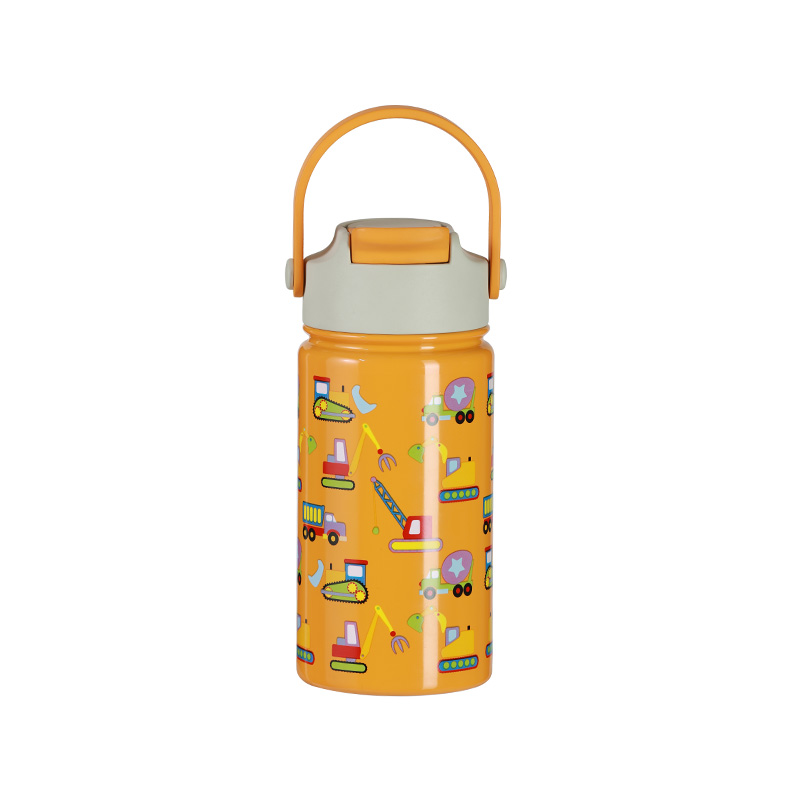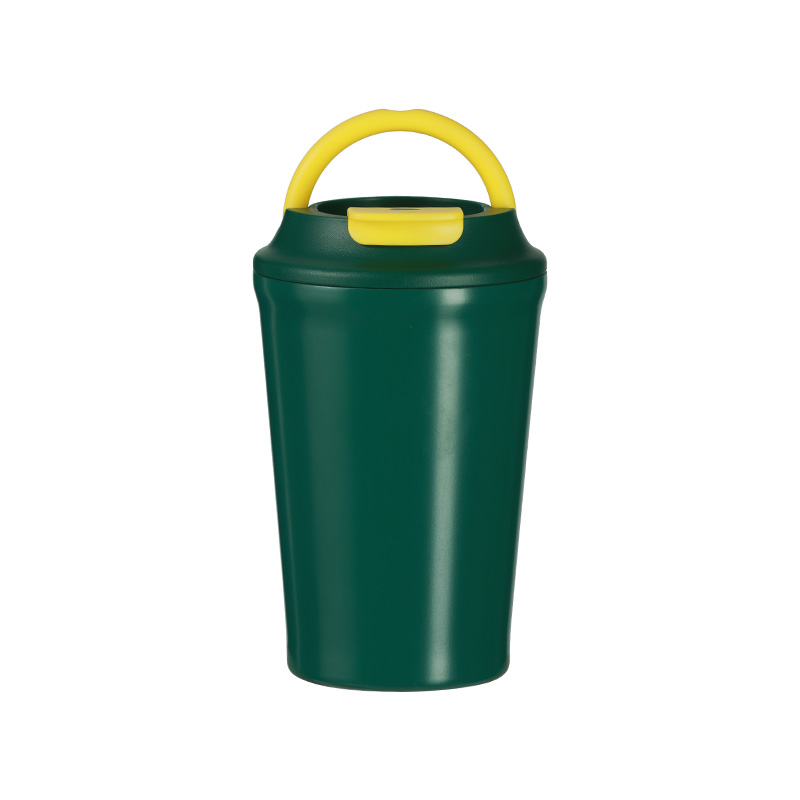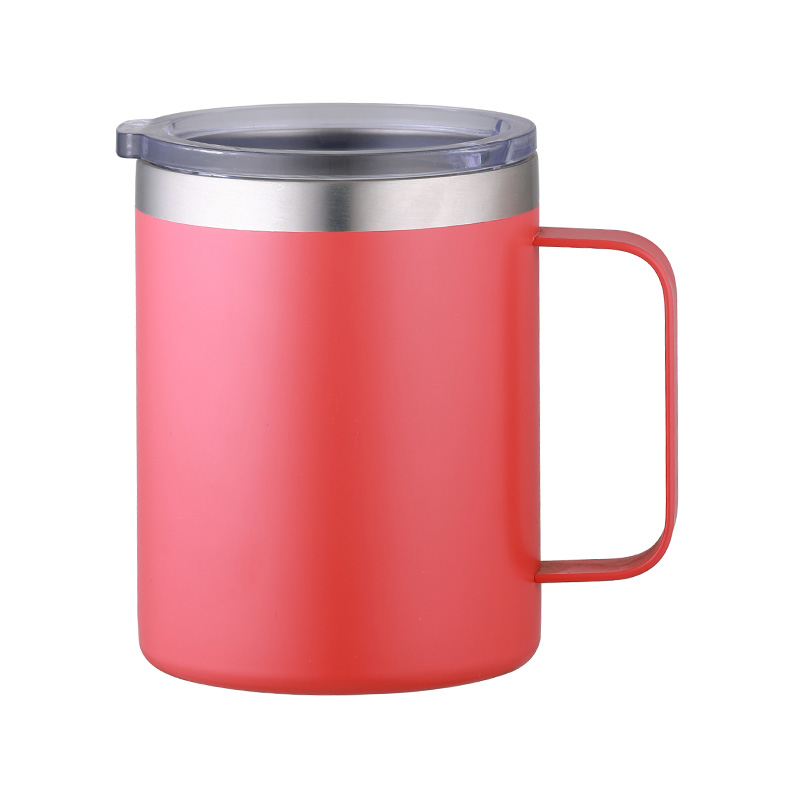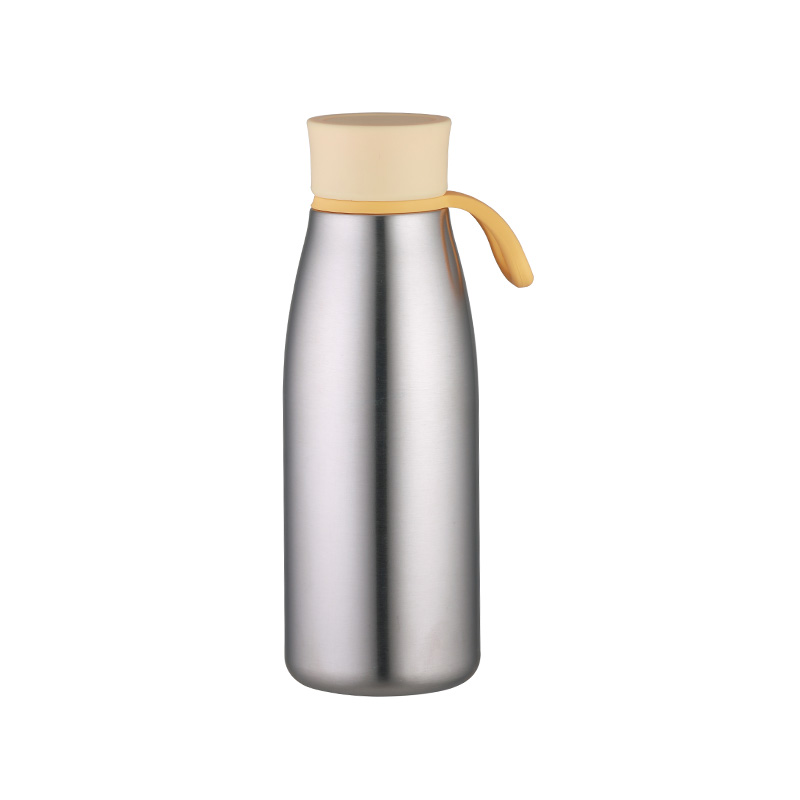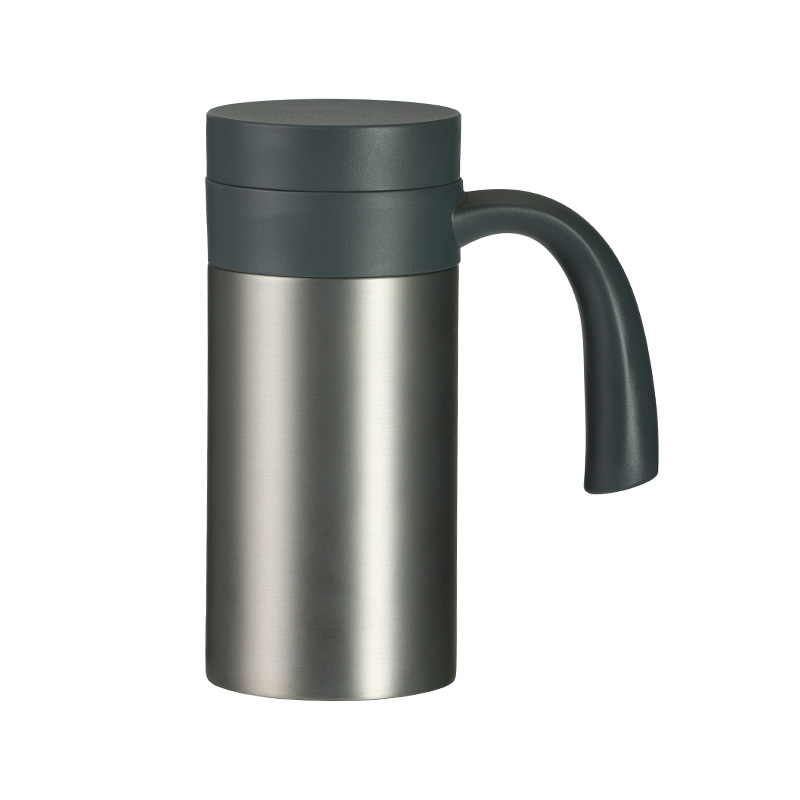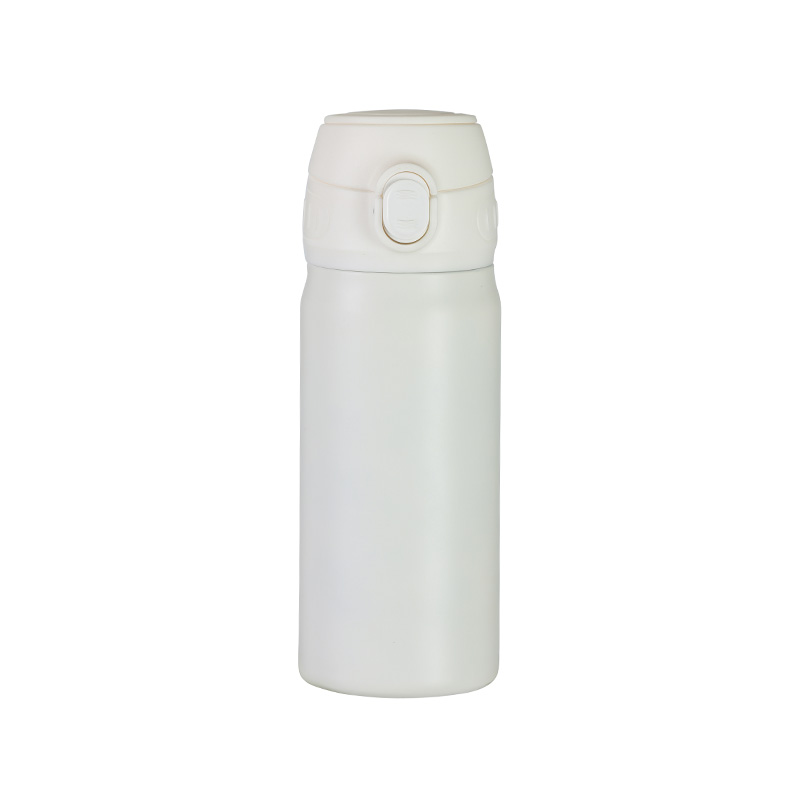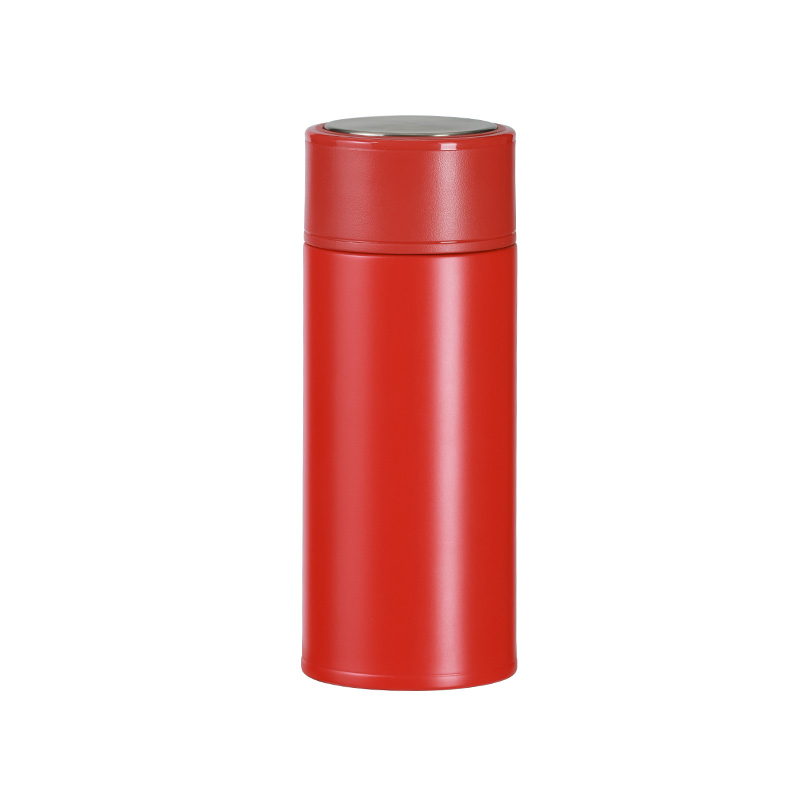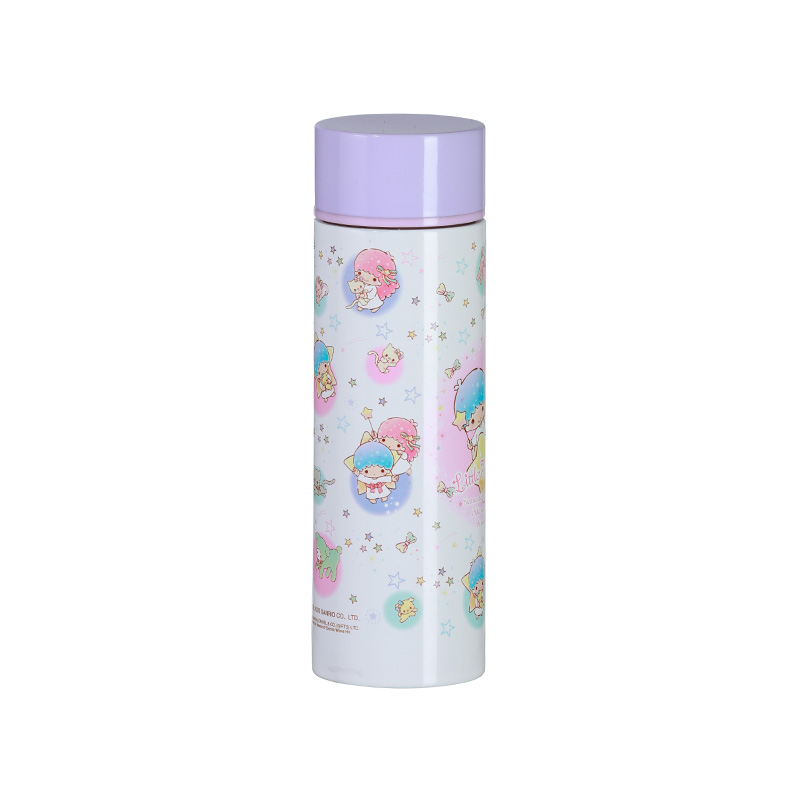Thermal insulation refers to the ability of a material or system to resist heat transfer between the contents of the bottle and the surrounding environment. Heat transfer occurs through three main mechanisms: conduction, convection, and radiation. Effective insulation minimizes these processes, thereby reducing temperature change over time.

Stainless steel water bottles typically employ vacuum insulation technology, which is recognized as one of the efficient methods of thermal insulation available for portable containers.
Vacuum Insulation Technology
The core of the thermal insulation in stainless steel water bottles is the vacuum layer positioned between two walls of stainless steel. The bottle usually consists of an inner bottle that holds the liquid and an outer shell that forms the exterior surface. The space between these two layers is evacuated to create a near-vacuum environment.
Reduce Conduction: Because conduction requires a medium through which heat can travel (such as air or metal), removing air through vacuum creation drastically reduces heat transfer by conduction between the inner and outer walls.
Reducing Convection: Convection involves the movement of fluid (usually air) carrying heat away from the surface. In a vacuum, there is no air or fluid to circulate, effectively eliminating heat transfer through convection.
Limiting Radiation: Some bottles include reflective coatings on the inner surfaces of the vacuum space. These coatings reflect radiant heat back toward the liquid inside, reducing heat loss or gain by radiation.
This combination of features enables stainless steel vacuum insulated bottles to maintain the temperature of their contents for hours, often ranging from 6 to 24 hours, depending on design and usage.
Material Advantages of Stainless Steel
Stainless steel is an ideal material for insulated bottles for several reasons:
Durability: Stainless steel is highly resistant to dents, corrosion, and damage, ensuring the vacuum insulation remains intact over long-term use.
Non-reactivity: It does not impart flavors or odors to beverages, preserving the taste and safety of stored liquids.
Ease of Cleaning: Stainless steel surfaces are generally smooth and hygienic, reducing bacterial buildup.
Thermal Conductivity: While stainless steel itself is a better conductor of heat than plastic, the vacuum insulation compensates for this, allowing overall insulation performance.
Factors Influencing Thermal Insulation Performance
Although vacuum insulation technology and stainless steel materials provide a strong basis for thermal performance, several factors affect the actual insulation effectiveness in practice:
Bottle Design and Thickness: The thickness of the stainless steel layers and the vacuum gap width influence insulation. Thicker layers and wider vacuum gaps can improve insulation but also add weight and size.
Lid Construction: Heat transfer can occur through the bottle's lid if it is not insulated properly. High-quality insulated bottles use double-walled lids or sealing gaskets to prevent heat loss through the top.
Initial Temperature of Contents: The greater the temperature difference between the beverage and the external environment, the more heat transfer pressure exists. However, well-insulated bottles minimize this exchange.
Frequency of Opening: Each time a bottle is opened, warm or cool air enters and mixes with the contents, affecting the temperature maintenance.
Environmental Conditions: Ambient temperature, humidity, and exposure to sunlight or wind can influence how quickly the bottle's contents lose or gain heat.

 English
English 日本語
日本語